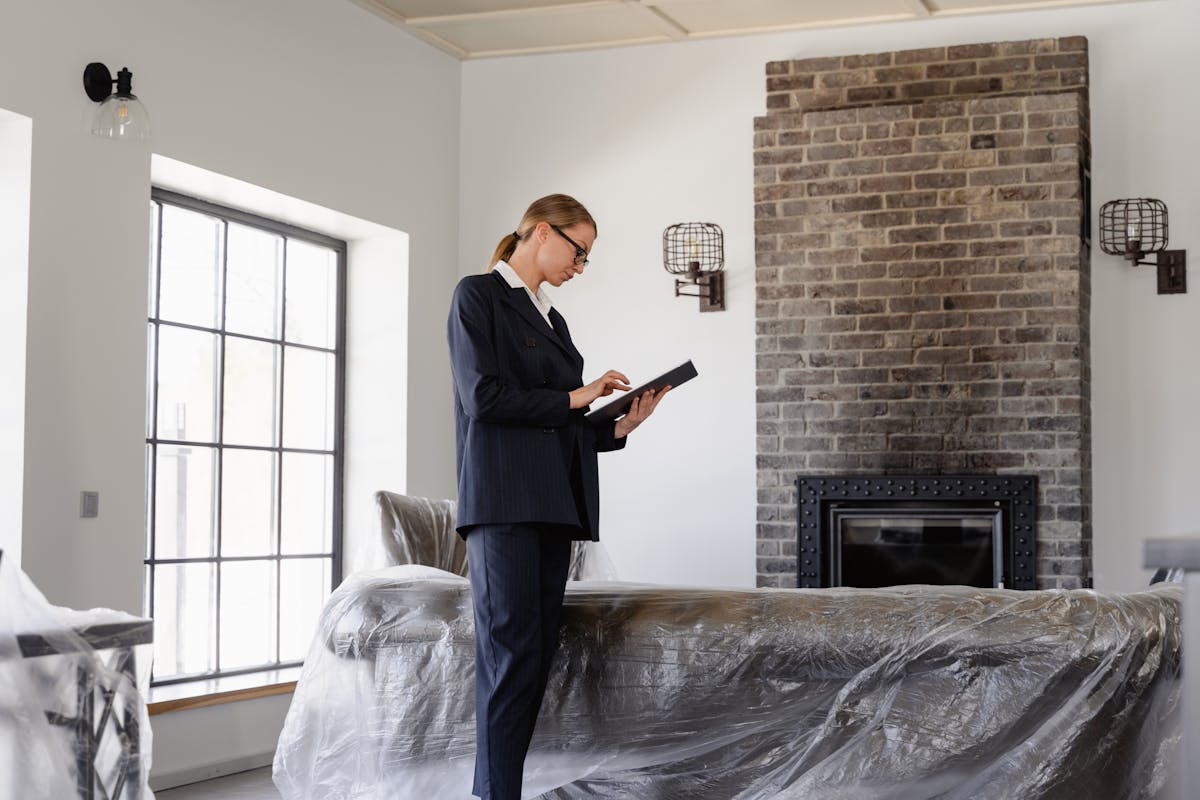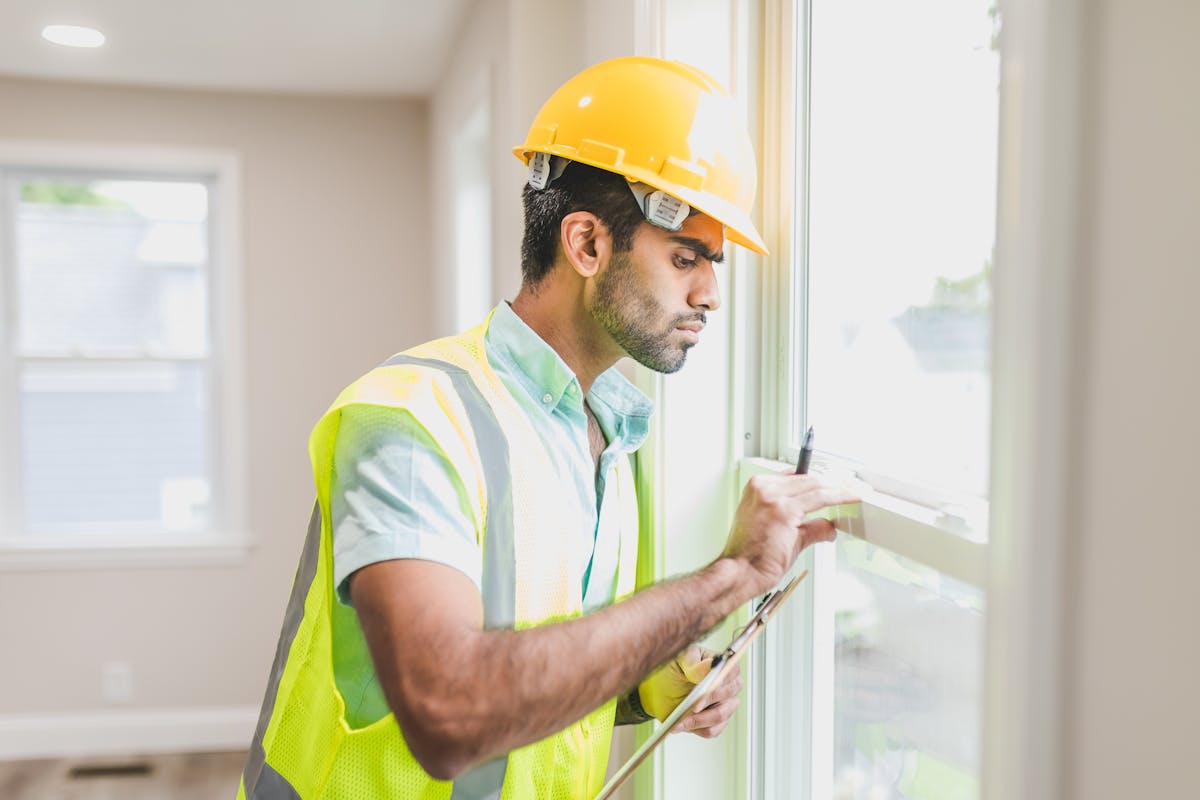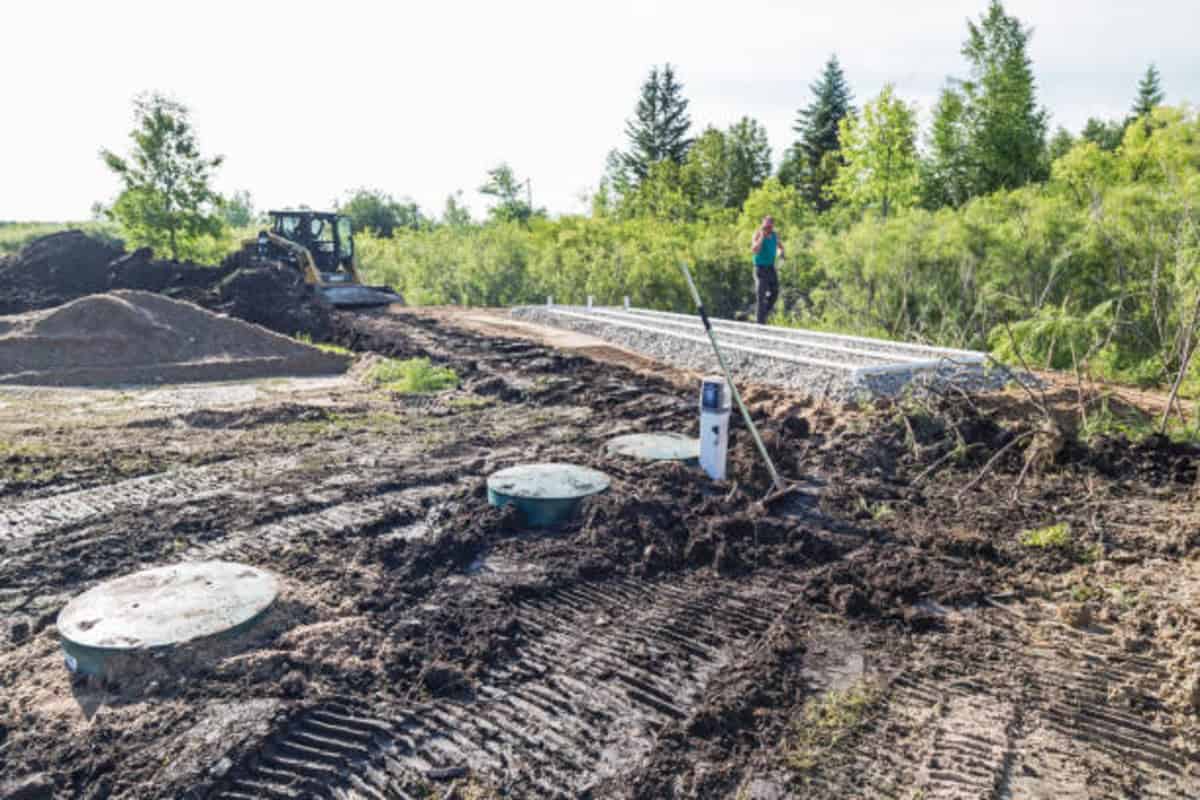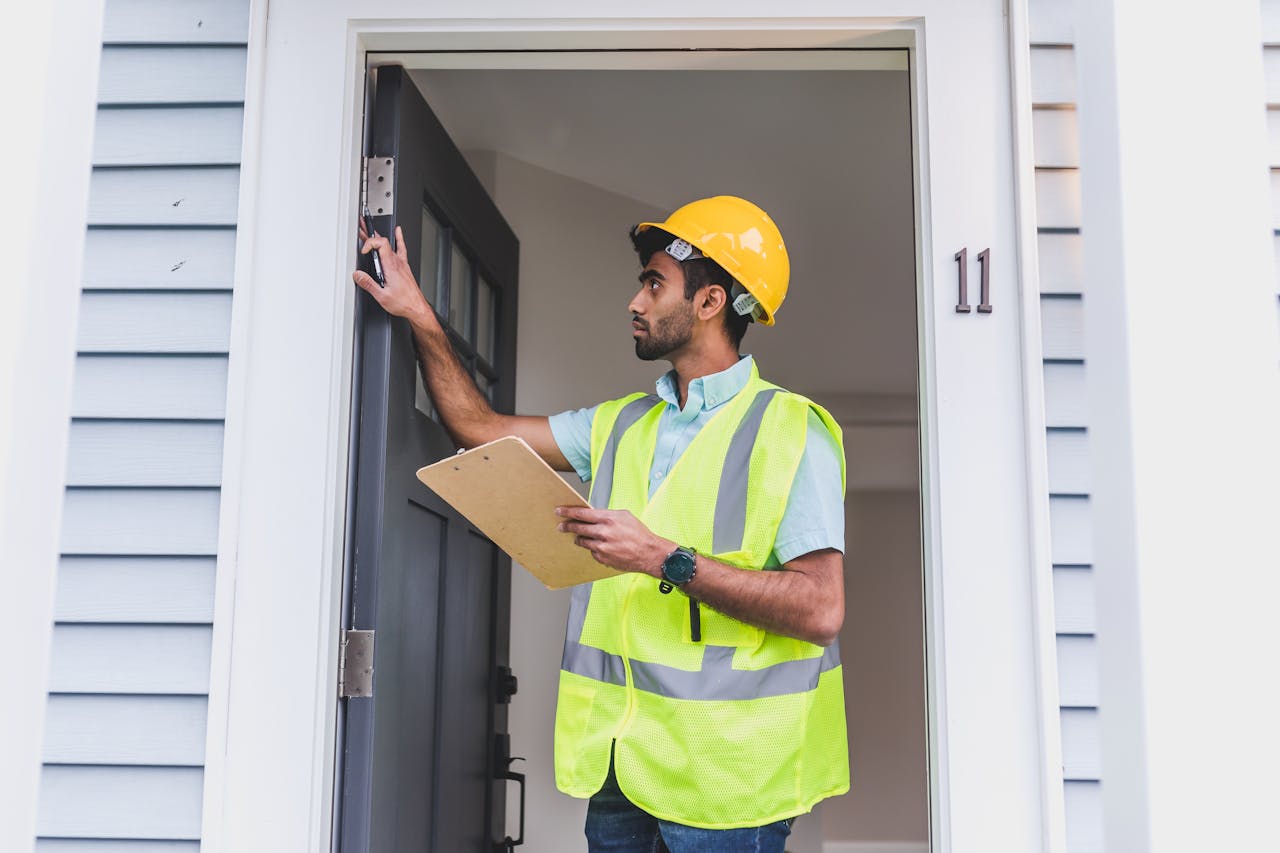by Flinn Inspections
Share
by Flinn Inspections
Share
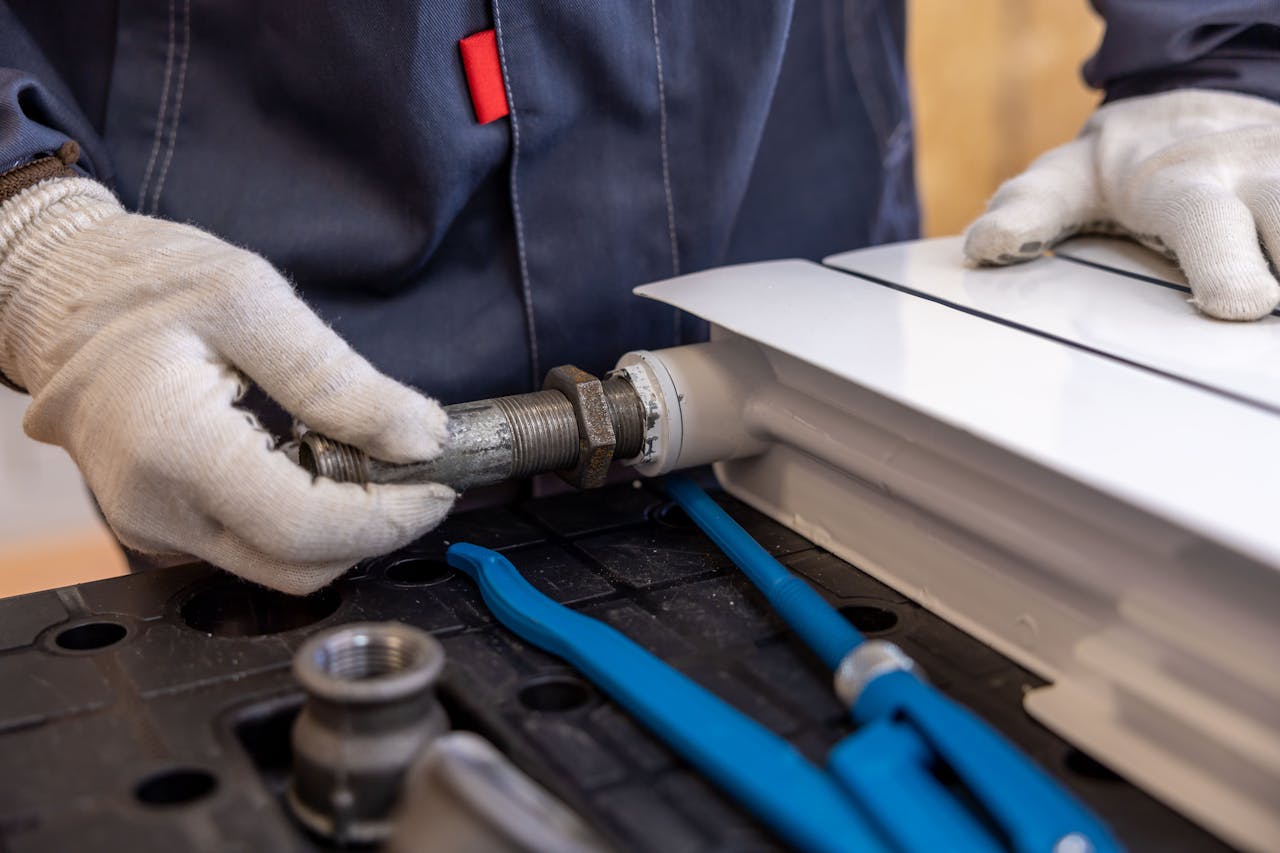
Introduction
A home inspection is like a health check-up for a property. It uncovers hidden problems and ensures buyers know exactly what they’re investing in. Among the most critical areas of a home inspection is the heating system. A malfunctioning or outdated system doesn’t just impact comfort—it can increase energy bills, cause safety hazards, and lower the home’s value.
Heating systems work hard, especially in colder months, and regular wear and tear can lead to significant issues over time. Inspectors often encounter the same recurring problems in homes of all ages. Here’s a breakdown of the seven most common 7 heating system issues found during home inspections—and what homeowners can do about them.
1. Faulty Thermostats
Signs Something’s Off
The thermostat acts as the “control center” of your heating system. When it malfunctions, you may experience:
- Rooms that are too hot or too cold
- Heating that turns on or off at odd times
- No response when you adjust the temperature
Why It’s a Problem
If the thermostat isn’t sending the right signals, your system may run longer than needed or not enough—wasting energy and money while making your home uncomfortable.
How to Fix It
- Check batteries first (many issues are that simple).
- For older models, consider upgrading to a programmable or smart thermostat for better efficiency.
- If recalibration doesn’t help, a replacement is often the most cost-effective solution.
2. Dirty or Clogged Filters
Why Filters Matter
Filters protect your heating system from dust, dirt, and allergens. Over time, they can become clogged, restricting airflow and making the system work harder.
Signs of a Dirty Filter
- Weak airflow from vents
- Higher utility bills than normal
- More dust settling around your home
Maintenance Tip
Most homes need filter changes every 1–3 months. Homes with pets, smokers, or allergy sufferers may need replacements more frequently.
3. Malfunctioning Blower Motors
The Blower Motor’s Role
Think of the blower motor as the “fan” that pushes warm air through the ducts. If it fails, the system can’t effectively distribute heat.
Warning Signs
- Grinding or squealing noises
- Airflow that’s noticeably weak
- The furnace shutting down mid-cycle
Possible Solutions
Some problems, like loose belts or dirty components, can be repaired. But if the motor burns out completely, replacement is often the only option.
4. Cracked Heat Exchangers
Why This Is Serious
The heat exchanger transfers heat from the furnace to the air circulating in your home. If it cracks, dangerous gases—like carbon monoxide—can leak into your living space.
What Inspectors could detect
- Rust, corrosion, or soot buildup
- Unusual flame patterns
- Discoloration on the furnace walls
- Inspectors may not be able to confirm, but can identify potential causes
Repair vs. Replace
In most cases, replacement of the heat exchanger (or the entire furnace) is necessary. Because carbon monoxide is odorless and deadly, this is not an issue to delay fixing.
5. Inadequate Ventilation
The Risks
Poor ventilation prevents combustion gases from escaping, which can create safety hazards and reduce heating efficiency.
Common Problems Found
- Visible damage or disconnected vent pipes
- Insufficient fresh air supply for combustion
How to Correct It
Professional cleaning and duct repairs are often enough. In older homes, upgrading the entire venting system may be required for safety.
6. Pilot Light or Ignition Issues
Types of Ignition Systems
Older furnaces use a standing pilot light that burns continuously. Newer systems rely on electronic ignition for greater efficiency.
Problems That Can Occur
- The pilot light won’t stay lit
- The igniter fails to spark
- Dirt buildup on burners prevents ignition
Safety Reminder
If you ever smell gas, shut off the supply immediately and call a professional. Gas leaks are dangerous and should never be handled without proper training.
7. Aging or Inefficient Units
Why Age Matters
Heating systems lose efficiency over time. An older unit may still work, but it can cost far more to run and be prone to frequent breakdowns.
Signs It’s Time to Upgrade
- Repairs becoming more frequent and costly
- Energy bills creeping higher each winter
- Uneven heating from room to room
The Benefit of Modern Systems
Replacing an old furnace with a high-efficiency model can lower energy costs and improve comfort. ENERGY STAR–rated units can cut heating expenses by 15% or more. Beyond direct energy savings, modern high-efficiency systems significantly enhance indoor air quality with superior filtration that removes dust and allergens. They operate much more quietly than older models and often include smart thermostat compatibility for optimized, automated control. This results in more consistent and comfortable temperatures throughout your home.
Preventive Maintenance Tips for Homeowners
Preventing heating issues starts with proactive care:
- Schedule a professional inspection once a year, ideally before winter.
- Change filters regularly and keep vents clear.
- Listen for unusual noises—catching small issues early can prevent big repairs later.
- Keep thermostat settings consistent to avoid unnecessary strain on the system.
How Flinn Inspection Group Can Help
At Flinn Inspection Group, our home inspections go beyond a simple checklist. We understand that the heating system is the heart of a home’s comfort and safety, especially here in Central Ohio. Our certified inspectors are trained to perform a detailed, non-invasive examination of the heating unit, checking for these common issues and more.
When we complete our inspection, you’ll receive a comprehensive, easy-to-read report that details our findings. We don’t just point out problems; we provide clear explanations and professional recommendations, giving you the information you need to make an informed decision and negotiate with confidence.
Whether you’re a buyer looking to avoid costly surprises or a homeowner preparing to sell, a professional heating system inspection is a valuable investment.
Conclusion
A heating system is a major investment, and keeping it in top condition ensures comfort, safety, and efficiency. Home inspections often reveal issues like faulty thermostats, dirty filters, or cracked heat exchangers that could have been avoided with regular maintenance.
These costly and dangerous situations are often preventable through regular professional maintenance and simple homeowner tasks. For a buyer, a well-maintained system provides peace of mind; for a homeowner, it’s a crucial step in preserving property value, avoiding expensive emergency repairs, and guaranteeing reliable performance year after year. Whether you’re a buyer looking for peace of mind or a homeowner aiming to protect your property’s value, staying on top of these common problems is essential.
FAQs
Q: How often should my heating system be inspected?
A: At least once a year, before the start of the heating season.
Q: Can I handle heating repairs myself?
A: Small tasks like changing filters are fine, but major repairs require professional expertise.
Q: What’s the typical lifespan of a heating system?
A: Around 15–20 years with proper maintenance.
Q: How can I make my heating system more efficient?
A: Upgrade your thermostat, seal duct leaks, and schedule regular tune-ups.
Q: Are older heating systems dangerous?
A: Not necessarily, but they can be less efficient and more prone to issues. Regular inspections are key to safety.
STAY IN THE LOOP
Subscribe to our free newsletter.
As the air turns crisp and leaves start to fall, there’s nothing more comforting than the warmth of a crackling fire. But before you strike that first match, it’s essential to ensure your fireplace is safe and ready for winter. Fall is the ideal season for fireplace inspections giving you enough time to detect and […]
Introduction When you’re building a new home, it’s easy to assume everything is going smoothly behind the scenes. But before those walls are sealed with drywall, there’s one crucial step you shouldn’t skip — the pre-drywall inspection checklist. This inspection ensures that the “bones” of your home — plumbing, wiring, framing, and more — are […]
Your septic system might seem like a “set it and forget it” feature, but it’s deeply connected to the world beneath your feet. Weather and Soil conditions affect your septic system. From heavy rains that flood your drain field to freezing temperatures that cause pipes to burst — Mother Nature plays a major role in […]
Introduction to Mold Inspection and Testing Mold is one of those household problems that many homeowners underestimate until it gets out of control. In 2025, mold growth has become even more of a concern thanks to rising humidity levels, tighter home constructions that trap moisture, and increased awareness about indoor air quality. Ignoring mold can […]


